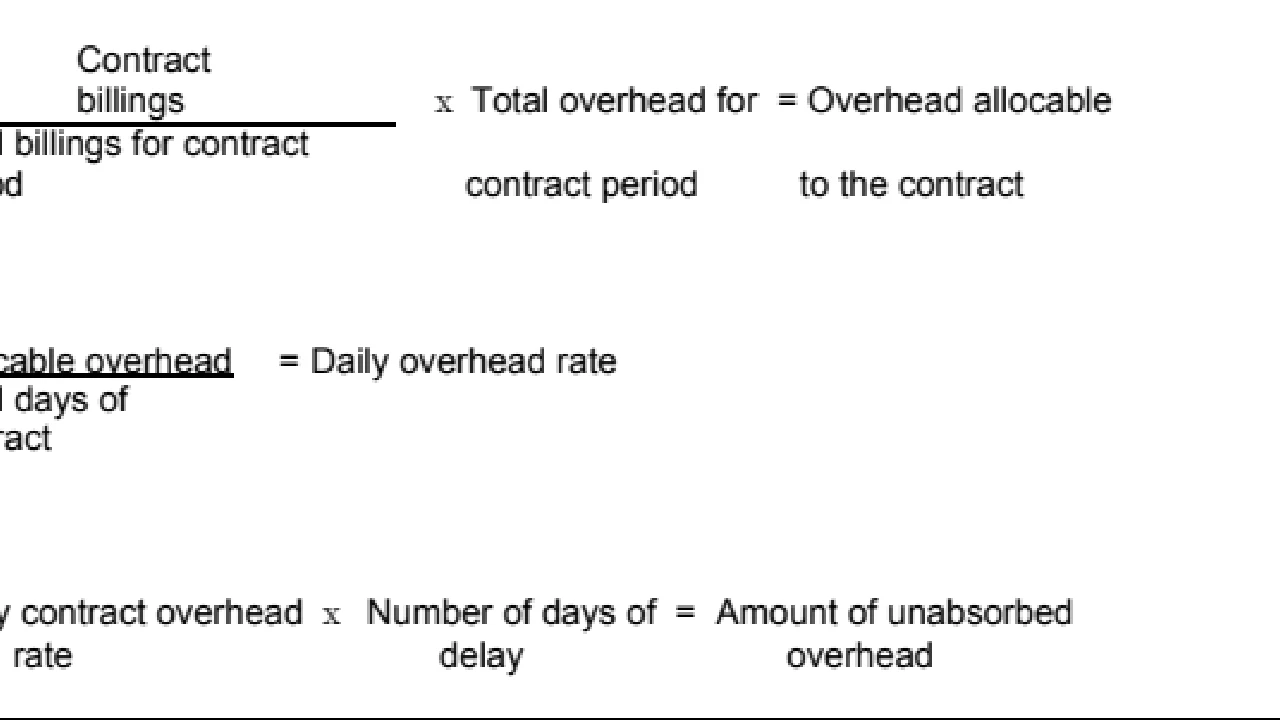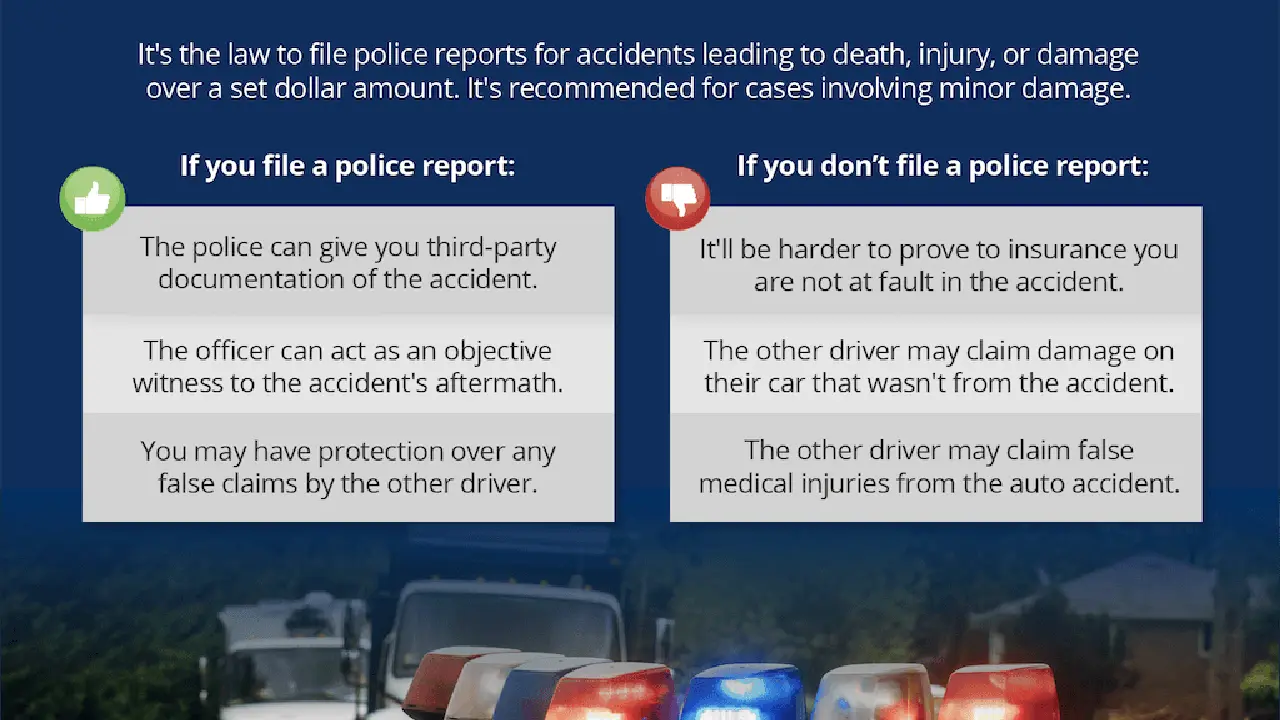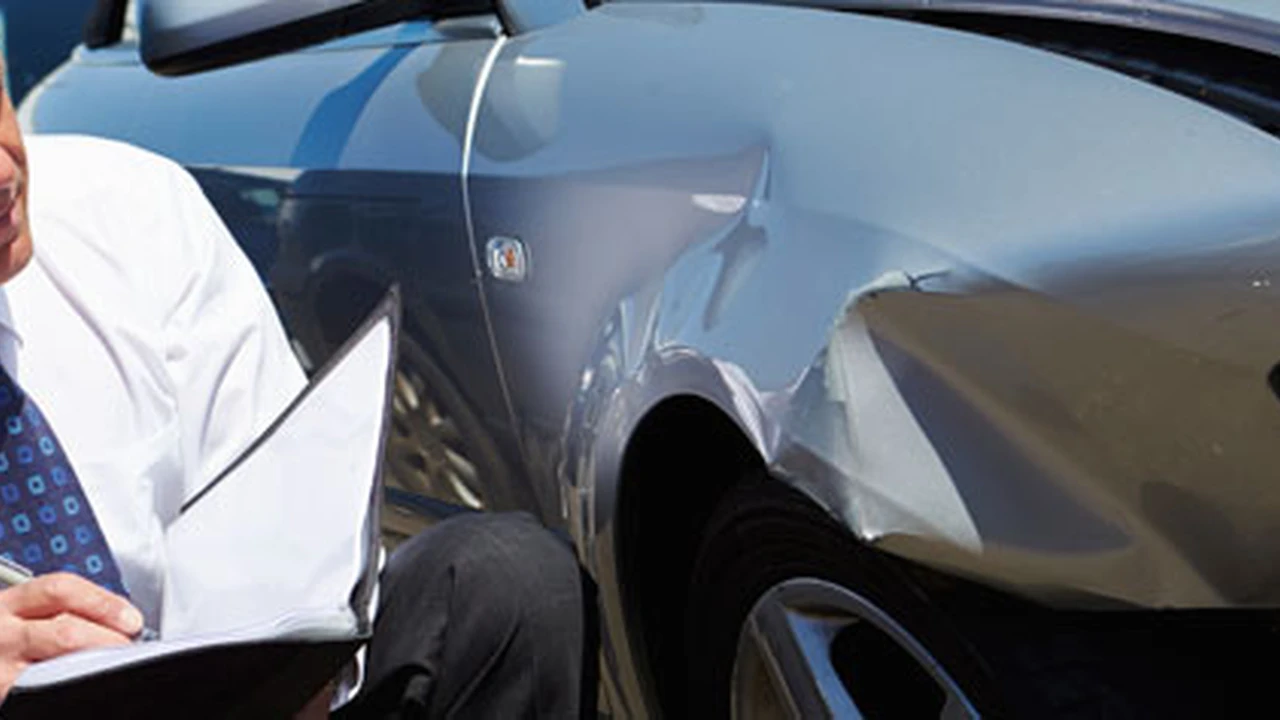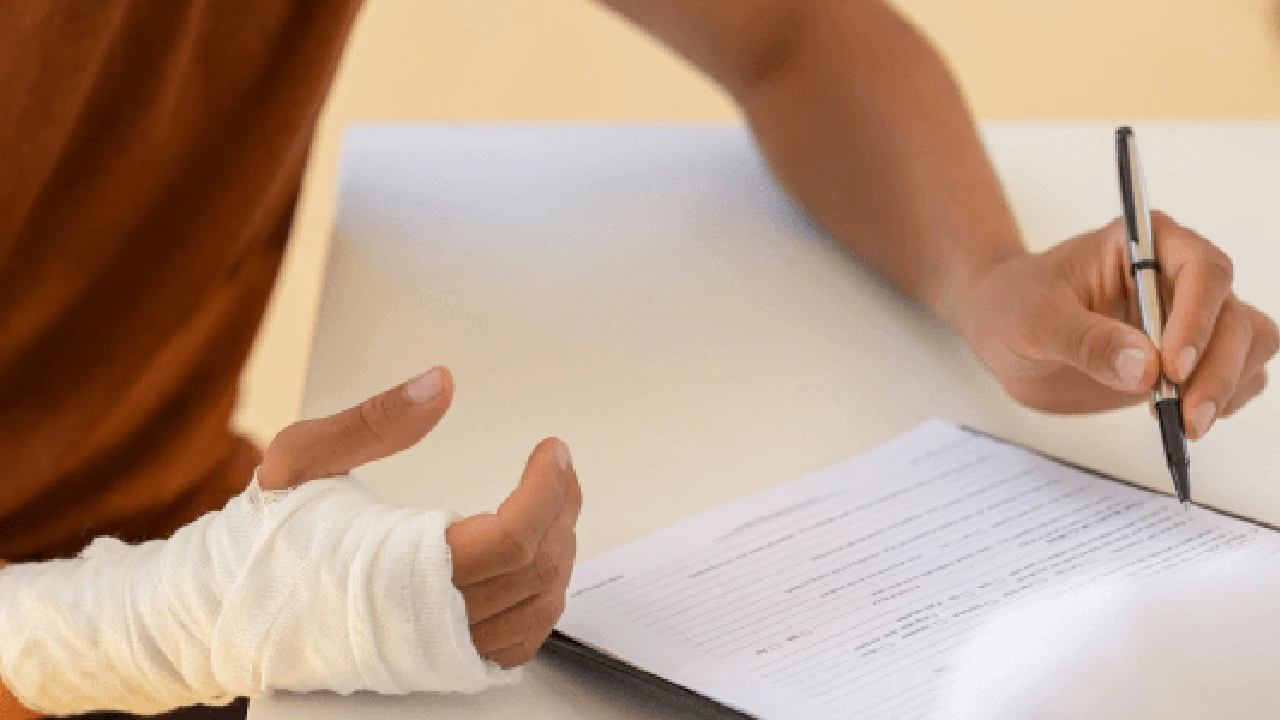Accidents Involving Pedestrians or Bicyclists
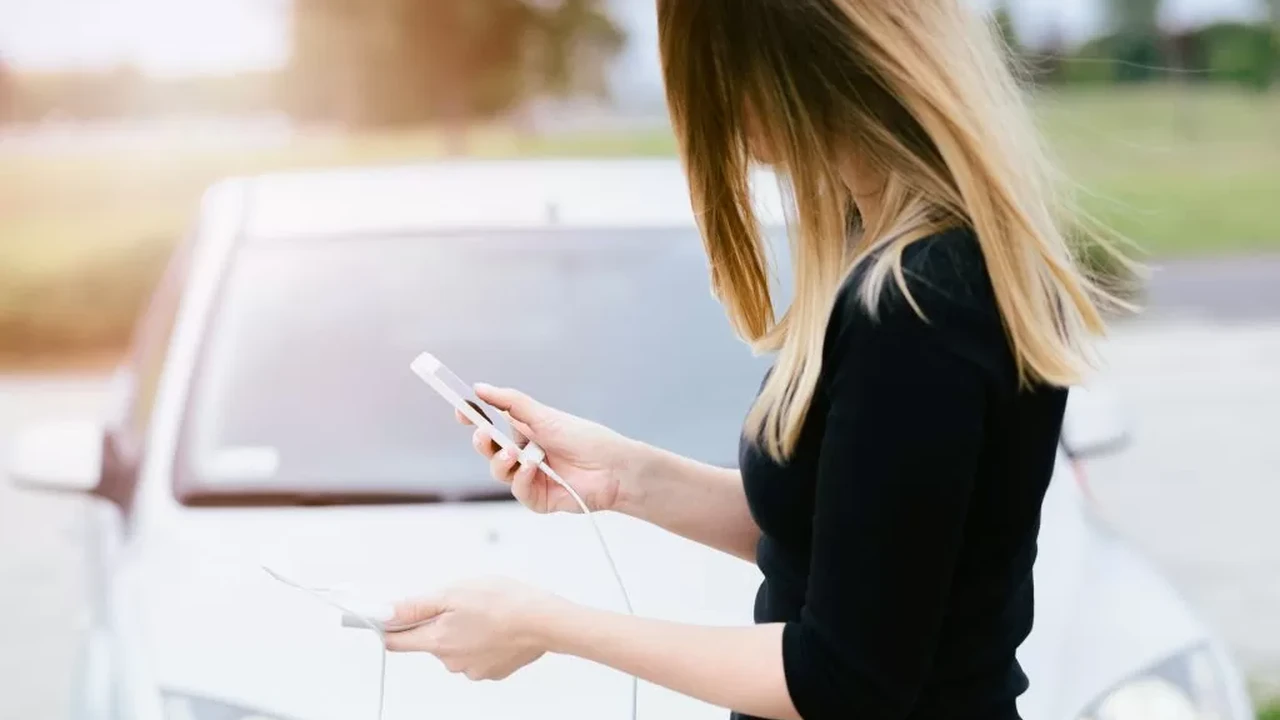
Understanding Liability in Pedestrian and Cyclist Accidents Car Insurance Claims
Alright, let's talk about something nobody wants to deal with: accidents involving pedestrians or cyclists. These are tricky situations because they often involve serious injuries, and determining who's at fault can be a real headache. So, if you're involved in a car accident with a pedestrian or cyclist, the first thing you need to do is call the authorities and make sure everyone gets the medical attention they need. Don't move anyone unless they're in immediate danger. Once the dust settles, you'll need to figure out who's liable.
Typically, liability hinges on negligence. Did the driver fail to yield the right-of-way? Were they distracted? Or did the pedestrian or cyclist dart out into traffic unexpectedly? Police reports, witness statements, and even video footage (dash cams are lifesavers!) all play a crucial role in determining fault. Remember, even if you think you're not at fault, it's crucial to contact your insurance company immediately. They'll handle the investigation and protect your interests.
Navigating Insurance Claims After a Car Accident with a Pedestrian or Cyclist
Okay, so you've reported the accident to your insurance company. Now what? The claims process can be daunting, especially when injuries are involved. The pedestrian or cyclist will likely file a claim against your insurance policy to cover their medical expenses, lost wages, and pain and suffering. Your insurance company will investigate the accident, assess the damages, and negotiate a settlement with the claimant (or their lawyer, if they have one).
It's important to understand that insurance companies are businesses. They want to minimize their payouts. That's why it's crucial to have your own representation, especially if the accident is complex or involves serious injuries. A lawyer can advocate for your rights and ensure you're not taken advantage of. Also, be prepared for a lengthy process. These claims can take months, even years, to resolve, especially if there are disputes about liability or the extent of the injuries.
Protecting Yourself Financially: Car Insurance Coverage for Pedestrian and Cyclist Accidents
Let's talk about your car insurance policy. What coverage is relevant in these types of accidents? The most important coverage is liability insurance. This covers damages you cause to others if you're at fault in an accident. It includes both bodily injury liability (for the pedestrian or cyclist's injuries) and property damage liability (for damage to their bike, for example). Make sure you have adequate liability coverage to protect your assets. Consider getting higher limits than the state minimums, especially if you live in an area with a lot of pedestrian and cyclist traffic.
Uninsured/Underinsured Motorist (UM/UIM) coverage can also be important. If the pedestrian or cyclist is at fault (for example, if they dart out into traffic while drunk) and they don't have insurance, or their insurance isn't enough to cover your damages (like damage to your car), your UM/UIM coverage can kick in. Finally, Personal Injury Protection (PIP) coverage (available in some states) can cover your own medical expenses, regardless of who's at fault. This can be helpful even if the pedestrian or cyclist is at fault, as it can help you pay your medical bills quickly.
Dash Cams: Your Best Friend in Pedestrian and Cyclist Accident Scenarios for Car Insurance
Seriously, get a dash cam. They're relatively inexpensive, easy to install, and can provide irrefutable evidence in the event of an accident. A dash cam can record exactly what happened leading up to the accident, including the actions of the pedestrian or cyclist, the road conditions, and the traffic signals. This can be invaluable in determining fault and protecting you from false claims. Imagine a cyclist suddenly swerving into your lane. Without a dash cam, it's your word against theirs. With a dash cam, you have video proof.
Look for dash cams with features like loop recording (so you don't have to constantly delete old footage), wide-angle lenses (to capture a broader view of the road), and night vision (for clear recordings in low-light conditions). Some dash cams even have GPS, which records your location and speed. This can be helpful in proving that you were driving responsibly at the time of the accident.
Understanding Comparative Negligence in Car Insurance Claims Involving Pedestrians and Cyclists
Many states follow the principle of comparative negligence. This means that even if you're partially at fault in an accident, you may still be able to recover damages. However, your recovery will be reduced by your percentage of fault. For example, if a pedestrian is jaywalking and gets hit by your car, they may be found 20% at fault. If their damages are $10,000, they would only be able to recover $8,000 from you (80% of $10,000).
The specific rules of comparative negligence vary by state. Some states follow a "modified comparative negligence" rule, which means that you can only recover damages if you're less than 50% at fault. Other states follow a "pure comparative negligence" rule, which means that you can recover damages even if you're 99% at fault (although your recovery will be reduced accordingly). Understanding the rules of comparative negligence in your state is crucial for understanding your rights and obligations after an accident.
The Role of Police Reports and Witness Statements in Car Accidents with Pedestrians and Cyclists
The police report is a crucial piece of evidence in any accident involving a pedestrian or cyclist. The police officer will investigate the accident, gather evidence, and write a report that includes their findings, including their assessment of who was at fault. The police report is not always the final word on liability, but it's a valuable source of information for insurance companies and lawyers.
Witness statements can also be very helpful. If there were witnesses to the accident, their statements can corroborate your version of events or provide additional details that you may have missed. Make sure to get the contact information of any witnesses at the scene of the accident. Your insurance company or lawyer can then contact them to obtain a statement.
Product Recommendations: Enhancing Safety for Drivers Pedestrians and Cyclists
Okay, let's talk about some gadgets and gear that can help prevent accidents and protect you if one does happen. These aren't necessarily directly related to car insurance claims, but they can reduce your risk of being involved in an accident in the first place, which is the best outcome! Here are a few ideas:
High-Visibility Clothing for Cyclists and Pedestrians: Safety First
For cyclists and pedestrians, high-visibility clothing is a must, especially at night or in low-light conditions. Think bright neon colors like yellow, orange, or pink. Reflective strips are also essential. A good option is the Proviz REFLECT360 Cycling Jacket. It's completely reflective and lights up when headlights shine on it. It costs around $150. Another option is a simple reflective vest, like the Nathan Streak Reflective Vest, which is much more affordable at around $30. Use case: Nighttime cycling or walking. Comparison: The Proviz jacket offers superior visibility but is more expensive. The Nathan vest is a budget-friendly option but provides less coverage. Price: Proviz REFLECT360: $150, Nathan Streak Reflective Vest: $30.
Bike Lights for Cyclists: See and Be Seen
Bike lights are another essential safety item for cyclists. Make sure you have both a front and rear light. The front light should be bright enough to illuminate the road ahead, and the rear light should be highly visible to drivers behind you. The Cygolite Metro Pro 1100 Headlight is a great option for the front. It’s super bright and has multiple modes. It's around $80. For a rear light, the Planet Bike Superflash Turbo Rear Bike Light is a popular choice. It's bright and affordable at around $25. Use case: Nighttime cycling. Comparison: The Cygolite is brighter and more powerful, while the Planet Bike is more affordable and compact. Price: Cygolite Metro Pro 1100: $80, Planet Bike Superflash Turbo: $25.
Blind Spot Mirrors for Cars: Eliminate the Hidden Dangers
For drivers, blind spot mirrors can help eliminate blind spots and improve visibility. These small convex mirrors attach to your side mirrors and provide a wider field of view. The Ampper Blind Spot Mirrors are a popular and affordable option. They come in a pack of two and cost around $10. Use case: Everyday driving. Comparison: There aren't many comparable products at this price point. Price: Ampper Blind Spot Mirrors: $10.
Backup Cameras for Cars: Rearview Vision Enhancement
Backup cameras can also help prevent accidents, especially when backing out of parking spaces or driveways. They provide a clear view of what's behind your car, including pedestrians and cyclists. The Auto-Vox CS-2 Backup Camera is a wireless option that's easy to install. It costs around $150. Use case: Parking and reversing. Comparison: Wired backup cameras are generally more reliable but require more complicated installation. Price: Auto-Vox CS-2: $150.
Advanced Driver-Assistance Systems (ADAS): High-Tech Safety Features
Finally, consider investing in a car with advanced driver-assistance systems (ADAS) such as automatic emergency braking, lane departure warning, and blind spot monitoring. These systems can help prevent accidents by alerting you to potential hazards and even taking corrective action if necessary. Many new cars come standard with these features. While not a specific product, it's a feature set to look for when buying a new vehicle. Prices vary greatly depending on the car and trim level. Use case: Everyday driving. Comparison: Different manufacturers offer different ADAS packages with varying levels of effectiveness. Price: Varies greatly depending on the car model.
:max_bytes(150000):strip_icc()/277019-baked-pork-chops-with-cream-of-mushroom-soup-DDMFS-beauty-4x3-BG-7505-5762b731cf30447d9cbbbbbf387beafa.jpg)



